All about crushed stone splitting
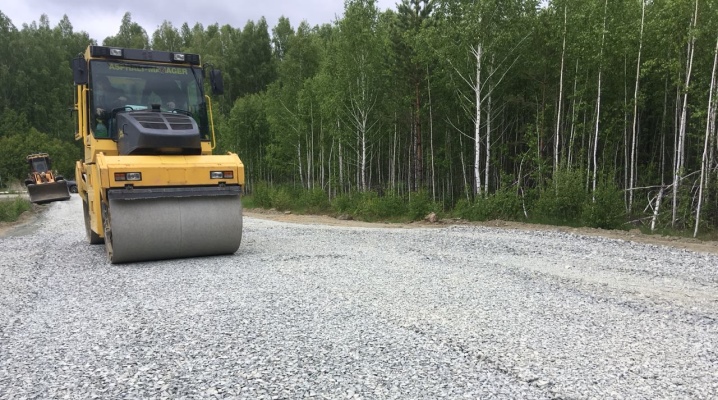
Any construction work requires the construction of a solid foundation. To achieve a high degree of reliability of the foundation being erected, it is necessary to take care of the arrangement of the crushed stone pillow. Correct laying of the crushed stone base will improve the technical characteristics of the foundation and increase its strength. And also such pillows are used in the construction of roads, runways, bridges and various embankments.
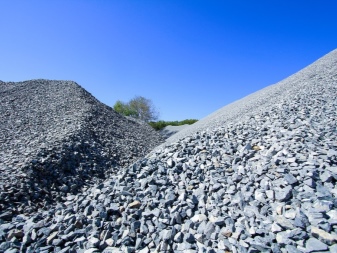
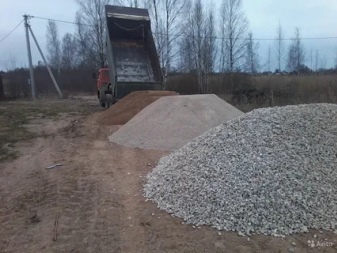
What it is?
Splitting is a process of compaction of crushed stone layers of different fractions in order to achieve ideal compaction of the material and prevent the formation of voids between particles. If you do not follow the procedure, water will subsequently enter the voids, which will freeze in winter and lead to rupture of the road surface or the formation of cracks in the foundation.
The procedure is carried out not only for the subsequent laying of runways. Razlingovka is also in demand when:
-
construction of reinforced concrete structures;
-
arrangement of foundations for special buildings and structures;
-
laying of routes.
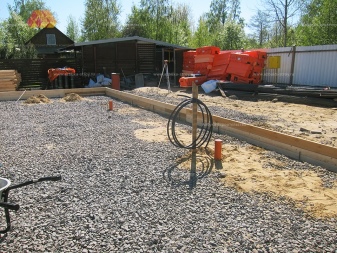
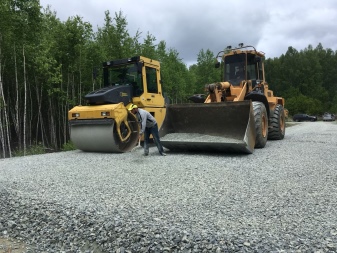
The requirements for wedging are spelled out in GOST. Taking into account the norms and recommendations listed in the document will allow you to perform the work efficiently and provide a reliable basis for the road or foundation.
Crushed stone consumption
The amount of crushed stone for splitting is also spelled out in the regulatory documents. You can find detailed information in GOST-8267. The regulation determines which crushed stone fractions are suitable for certain works.
For example, when arranging a foundation cushion, crushed stone with a fraction of 70 to 120 mm will be required to form the primary layer. The higher the layer is from the soil surface, the less fraction is required. For example, the topmost crushed stone layer consists of particles, the size of which does not exceed 5 mm.
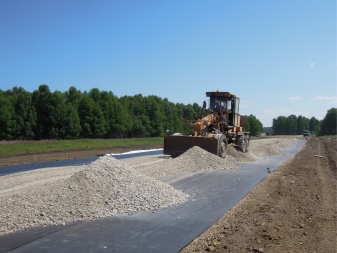
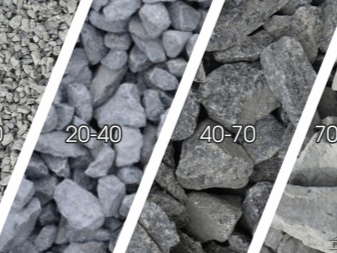
The following types of crushed stone are used for folding:
-
granite;
-
gravel;
-
limestone.
The first two are distinguished by high strength indicators, and the latter is in demand in the household, since it is cheaper than the other options.

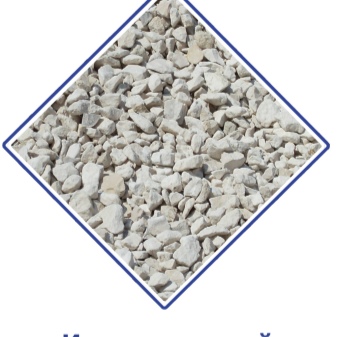
Main steps
The crushed stone is split into several stages. Each of them should be considered in more detail in order to understand the features of the work being carried out.
First step
It is also called preparatory. In this case, the preparation of the ground takes place, on which it is planned to erect a building or arrange a road. The soil surface is thoroughly cleaned of debris and leveled using the necessary geodetic instruments and instruments.
In some cases, the preparation of the pit is required at the preparatory stage. For example, in the case of laying a roadway, this moment will be required. At the same time, the bottom of the pit, before filling the crushed stone, is covered with geotextile - a special canvas that provides protection against the effects of groundwater.
After the soil has been cleaned and the necessary pits have been dug, the soil is covered with sand, forming a layer up to 20 cm thick.
It should be noted that the thickness of the layer may be less - the parameter depends on the characteristics of the area.

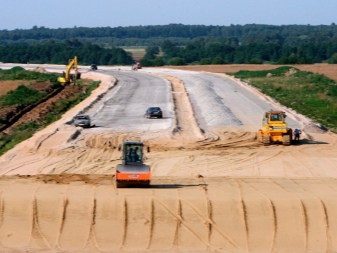
Second phase
When the sand is rammed, the builders start laying the crushed stone layer. For it, large crushed stone is taken, the particle size of which is 40-70 mm, sometimes it can be increased to 120 mm. To achieve the uniformity of the formed layer, at the end of the work, it is rolled with special equipment.
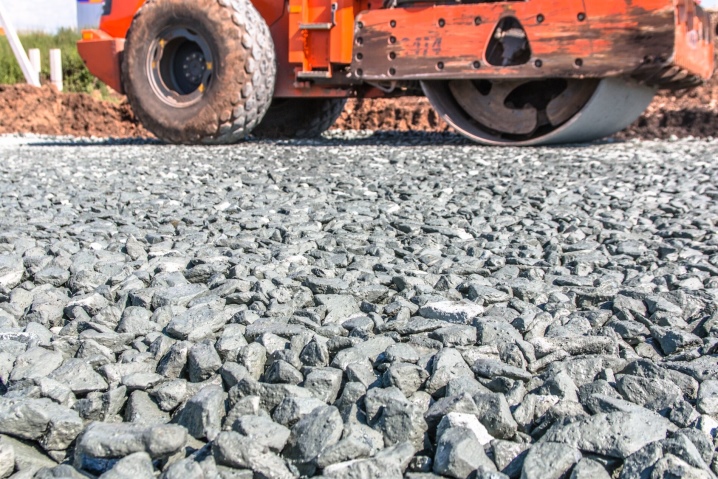
Stage Three
To crush crushed stone, several layers are required, each of which will differ in the size of the fractions. The second crushed stone layer involves the use of small stones, which are also compacted by road rollers.
An interesting fact: to reduce the heating between the grains, to prevent them from rubbing against each other, the layers are moistened with a certain amount of water. These requirements are also spelled out in the standards in the form of recommendations.
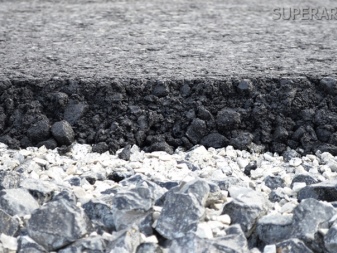

Fourth stage
It is considered the last one in crushed stone splitting, when builders lay out stones of a fine fraction. As a result, with the help of such grain, it is possible to fill the air voids and achieve maximum compaction of all layers. To achieve the desired result, after laying the last layer, it is required to go over it at least three times using heavy construction equipment.
When the driver of the road roller notices that the waves stopped forming during the ramming process, and the shrinkage and mobility of stones have been eliminated, he will stop the equipment. This means that the layers of crushed stone are laid and tamped efficiently. Splitting ends at this stage.
The essence of crushed stone splitting is the construction of a reliable and durable pillow that can cope with high loads and prevent deformation of the base during operation. It will not be possible to assess the quality of the compaction of the formed layers by eye. To check the reliability of the work done, a measuring device is usually used.
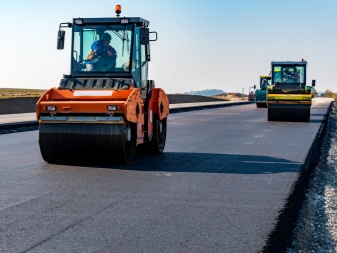
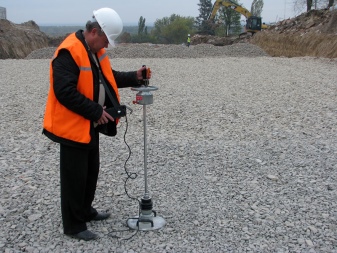
The principle of operation of the device is dynamic sensing. To obtain the results, a series of blows are carried out on the layers of gravel. This approach allows you to determine the degree of shrinkage, which is subsequently compared with existing standards. If the shrinkage is within or less than the specified parameters, the job is well done. Otherwise, additional compaction of crushed stone layers will be required.
When the splitting is considered complete, the working surface of the last layer is covered with a small amount of sand. This process is especially important if concreting of the coating is not planned later.
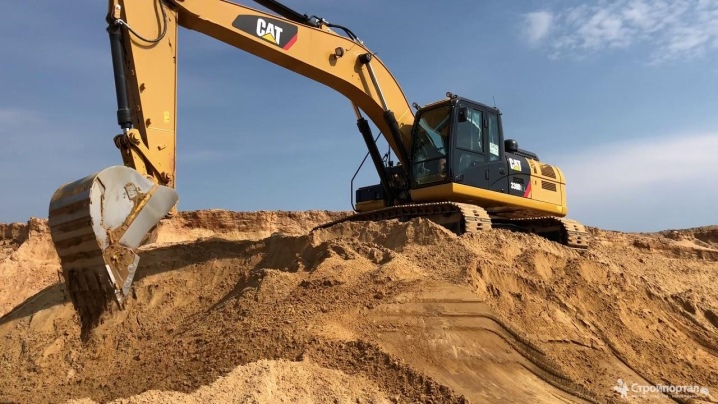













The comment was sent successfully.